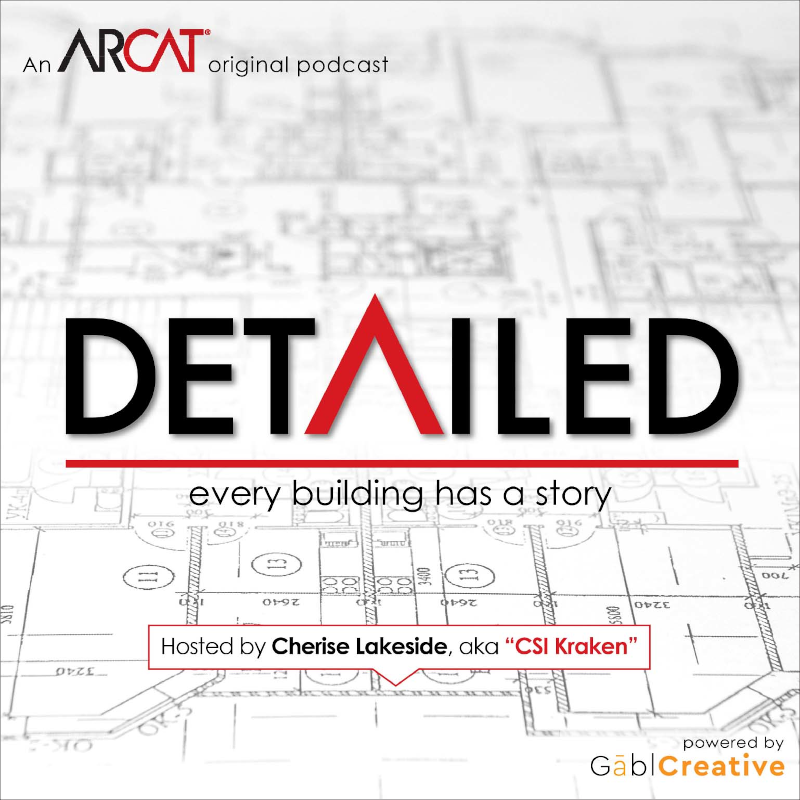|
Contributed by Jake Ortego Within the last few months, I have heard each of these statements:
I’m sure that each of these statements is rooted in a truth relative to a certain point in the AEC process. But buried in many of the comments is an increasing feeling that the quality of the design documents themselves are on a downward slope despite the notion that technologies such as BIM should be improving the designs. Many will admit that the idea of BIM is fantastic. Albeit, a true single building model is a dream that may be unrealistic. These concepts are then quickly countered with criticism that the technology creates nearly as many problems as it fixes. Even the most outspoken BIM supporter would agree that it is not a perfect system. So, should we abandon it for the “old school 2D” model? Put that thought aside for a minute and set the way-back machine to the 1860s. Back then, chemists figured out a way to duplicate a drawing using ferro-gallate. Construction reprographics was born…with a blue tinge. And with that, an entire profession was eliminated. The once critical job held by tracers and copiers was now a thing of the past. What does this have to do with BIM? Everything! While drawing reprographics seems like simple technology to us now, imagine how revolutionary it was when it was invented. There were many who undoubtedly thought it created more problems than it solved. Somewhere I recall reading that the design professionals of the time criticized early blueprints for being “…inadequate and free translations of the author’s original lines.” It took 20 to 30 years for the cost of the blueprint to drop low enough to make hand copies and tracing uneconomical. And it wasn’t until the 1940s that someone figured out how to drop the blue and go to the white sheets we see today. Now, we can’t imagine not having instant reprographics of the drawings. This clunky new technology changed AEC forever. Then there was CAD. This technology got its start in the 1950s and you better believe that it was not an instant hit. CAD was criticized for inhibiting the brainstorming process and viewed as much slower than traditional sketching. But at the same time, it spawned libraries of standard steel shapes, doors, patterns, and that “person” that is put in the drawing for height comparison. I remember hearing grumblings about CAD vs. hand drawings even into the 90s. The older designers would talk about how the younger generation would make the drawings too complicated and put less care into their work. But let’s be honest, no one is out there building skyscrapers and power plant with hand drawn designs. Like blueprinting, CAD has become an integral tool for our AEC.
Technology happens despite the tried and true methods that have built up an industry over years and generations. Go to the movies and take note that you are watching a completely digital product. Not so long ago, no one could conceive of replacing all that cellulose with ones and zeros. Now, the major filmmakers can’t see going back. Or think of how the modern computers are on nearly every desk in every office, while in the 1980s we used terms like Computerphobia to describe the fear of these machines. Even take a more relevant AEC tool such as scheduling. Whether you are a Primavera purist or are happy with MS Project, it is inconceivable to not use a scheduling tool for complex sequences. But, yet, it wasn’t always so. C. Arthur Clarke said, “Any sufficiently advanced technology is indistinguishable from magic.” BIM certainly would seem like magic to a builder of 1861 equipped with their fancy blueprinting machine. While it is unlikely that there are modern architects, engineers, or construction professionals believing that BIM is magic, there are many who like to blame BIM for the decline in design quality and increased costs. And they are probably right about some of the design outputs. So once again, does that mean we shouldn’t use BIM? Or technology? BIM is an evolution of design tools. This evolution goes from reprographics to CAD and then onto 3D CAD and the early pioneers of single building models like Bentley MicroStation and ArchiCAD. In my opinion, BIM is just another step in this evolutionary process. Perhaps the next phase is designing in augmented reality and then onto 3D printing structures and process lines. I’m sure the technology will take all type of twists and turns in the future to the point that the BIM of today will seem like the hand tracing of the past. But more important than where it is going, BIM is a tool of today. And there is a difference between knowing how to use a tool and knowing what to use the tool for. By itself, a hammer has no idea what to do with a nail or piece of wood. And, knowing how to swing a hammer and saw a piece of wood doesn’t make you a carpenter…even if you are the best hammer(er) and saw(er) person on the planet. The key is to have a grasp of what you are trying to create and how you are going to get there. This is as true for carpentry as it is for AEC. From the wheel to the smart phone, we integrate technology into our lives and come to rely on it. Let’s face it, it’s much more efficient to cut and paste something that’s already been designed. And it should be! That is a core part of CAD. CAD and BIM tools go so much further than just cut and pasting. These are today’s tools that help our industry get their job done. But there is a limitation to the tool. There is a part where the creative, adaptable, and experienced human mind takes over to create innovative results. This can manifest in the form of unique architecture, a brilliantly simple engineering solution, or the knowledge of what is practical in the field. BIM is the latest in a string of technological tools at our disposal. Like a hammer, you can’t blame BIM (or CAD or Reprographics) for a poor-quality product. It is important for our industry to understand the current limitations and know that the tools by themselves cannot solve every design issue. We still need to understand what we are trying to achieve with any design. This includes if something is buildable, functional, and accomplishes its purpose. This is a concept that must be understood by new people to the field, as well as seasoned veterans. Technology does not ruin AEC. But the users can if they depend solely on the technology without fully grasping what they are doing with the tools.
5 Comments
1/16/2018 03:18:15 pm
Hi Jake,
Reply
1/17/2018 10:32:35 am
I am a firm believer in mixed media solutions... when I was 16, my father gave me a roll of telephone wire. I was planning on becoming an industrial design at the time and his thought was that the wire could be used to model and visualize the shapes of the things I was designing.
Reply
2/10/2018 10:18:53 am
I have a similar story to Keith. Back on my first job after graduating, I implemented the firm’s first CAD system. I was leading the production of the first project on that system for the local university; a research facility. Main circulation was on an X-Y axis with offices and a large assembly space on the north side. Off the south-east corner was the small lab component. The Senior Principle, a true “designer” had decided to put this component on a 15 degree skew. Not a big deal right? We kind of a big deal since the building had a steel superstructure with wood-frame construction filling everything in.
Reply
Leave a Reply. |
AboutLet's Fix Construction is an avenue to offer creative solutions, separate myths from facts and erase misconceptions about the architecture, engineering and construction (AEC) industry. Check out Cherise's latest podcast
Get blog post notifications hereArchives
March 2022
Categories
All
|


 RSS Feed
RSS Feed
